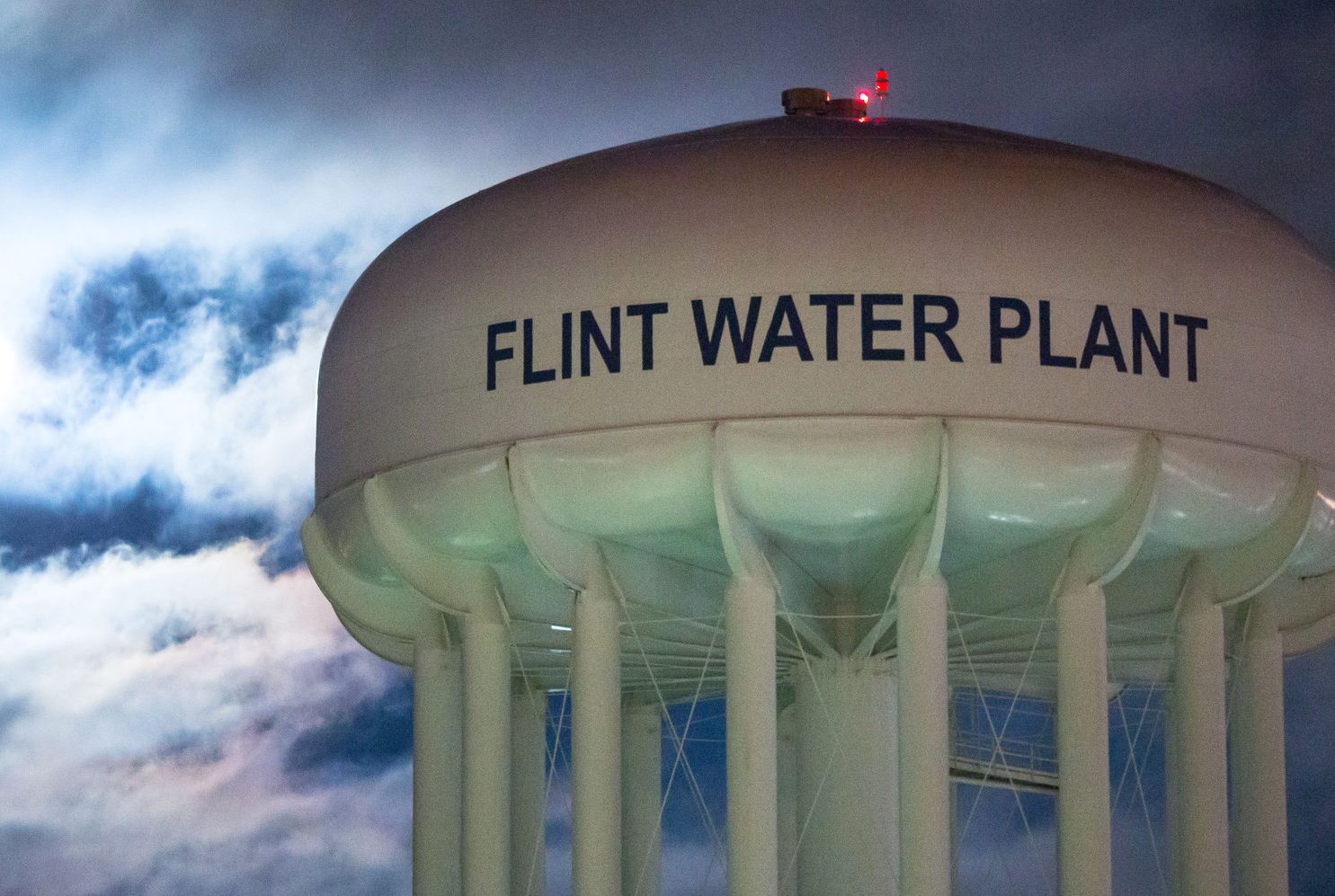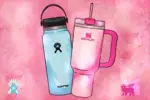The Flint water crisis began in 2014 after the introduction of cost-cutting measures for the city’s water source. The cost-cutting measures changed the water source for Flint, Michigan. The water originally came from Detroit’s water system but switched to Lake Huron. During the switch, the residents of Flint would get their water from the Flint River.
The water coming from the Flint River is significantly more corrosive than the Detroit water. The corrosive nature of the water began to erode the pipes it traveled in. The lead and iron from the pipes began to leach into the water supply. The water contaminated with lead and other metals then came directly out of the tap into thousands of Flint homes.
The levels of lead in the Flint water supply began to change the smell and color of the water. The changes in the water caused many health effects and were not safe for the community. These realizations then led to the Flint water crisis.
The high amounts of lead in the water made the city and state officials declare a state of emergency. Eventually, the president at the time, Barack Obama, declared a state of emergency in Flint and granted federal aid to the city.
As more details emerged about the crisis, criminal charges mounted against government officials. The charges include misconduct, negligence, conspiracy, involuntary manslaughter and more.
As the buzz about the Flint water crisis intensified, the government took more action. Changes in the pipelines carrying the water began and along with federal aid sent to help the city. Government officials and representatives approved reconstruction of the pipes carrying the water supply. The scientists also changed the methods of treating the highly corrosive, lead-filled water.
During the process of fixing the water supply, residents still required water to drink, cook with and clean with. The number of water bottles in surrounding stores could not support the population of Flint. The government-funded free water bottles for the residents to use during the process.
On April 6, Governor Rick Snyder announced the end of the free bottled water program. The government will not send more water bottles to Flint, the supplies there now are the last ones. Many Flint residents raced to help centers, hoping to get some more water before the supplies ran out.
The announcement came in response to many tests that declared the water quality improved and safe for use. However, in the weeks before Snyder’s announcement, Michigan environmental experts flagged the quality of the water as “poor” and as having “significant deficiencies.”
The scientific tests done by various organizations deem the water safe under the Safe Drinking Water Act and the Lead and Copper Rule. But Flint’s residents remain skeptical about using the water.
The Flint community rightfully expresses their disappointment following Snyder’s announcement. Without the free supply of water, many Flint community members have nowhere else to turn.
Some residents of Flint cannot afford high quantities of bottled water from stores. The city of Flint has high poverty rates, which grow even more during the water crisis. The demand for bottled water is much higher than the supply of local stores and supermarkets.
Because of the struggles the community faces without free access to bottled water, some residents began protesting. A group of around 50 members of the Flint community went to Michigan’s capital to protest the end of the water bottle service. The protestors asked state officials to continue sending bottled water to the city.
The mayor of Flint, Karen Weaver, also disapproves of Snyder’s decision. Yahoo News reports Weaver saying “We did not cause the manmade water disaster, therefore adequate resources should continue being provided until the problem is fixed and all the lead and galvanized pipes have been replaced.”
Many citizens share Weaver’s views about the supposed end of the Flint water crisis and the end of the free bottled water. They fear using the “safe” water until they are 100% confident in the safety of it.
A sense of reassurance in the drinking water will only come following the thorough replacement of the pipes. The full replacement and fixing of the water pipes may take a long time, however. Officials estimate the complete renewal of the water pipeline could take at least another two years to complete.
Fortunately, free water bottles for Flint residents are going to continue — from a surprising and controversial source. The large water company Nestle will provide the support for Flint. Nestle attempts to make up for their controversial deal pumping water from the Great Lakes and springs around Flint for a low price.
The company pays $200 per year but they are pumping over 400 gallons of water out of Michigan every minute. The timing of the new Nestle deal led to a lot of public backlash. The deal occurred around the same time that the government-funded water bottle program shut down
Nestle will send 100,000 water bottles a week to three help centers in Flint up until Labor Day. The donation to Flint was not the first one by the company. Nestle previously donated water bottles right when the Flint water crisis began in April 2014 by sending 19,000 bottles to the city. They again aided Flint by sending 1.5 million bottles of water to the community in 2016.
The progress and improvements of the water quality install hope for the residents. Water bottle donations, volunteer centers and charities also bring some light and hope to the community.
The improving water test results do not mean that the Flint water crisis is over though. Many members of the Flint community still do not hold enough trust in the government to use the water from the tap.
The water system cannot restore the trust and faith of the Flint residents quite yet. Residents require more reassurance, such as the completion of fixed pipes and the end of construction on the water system.

















